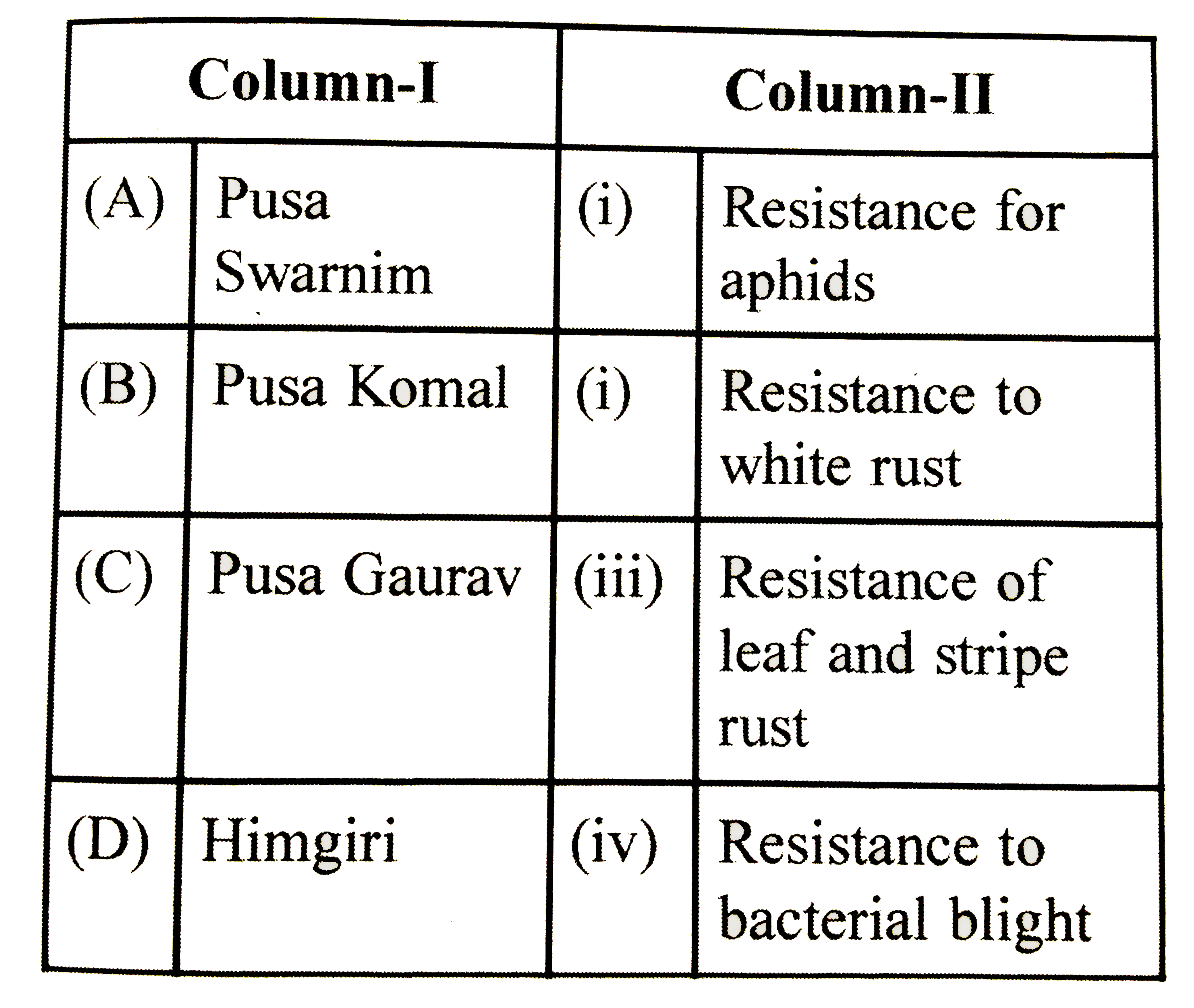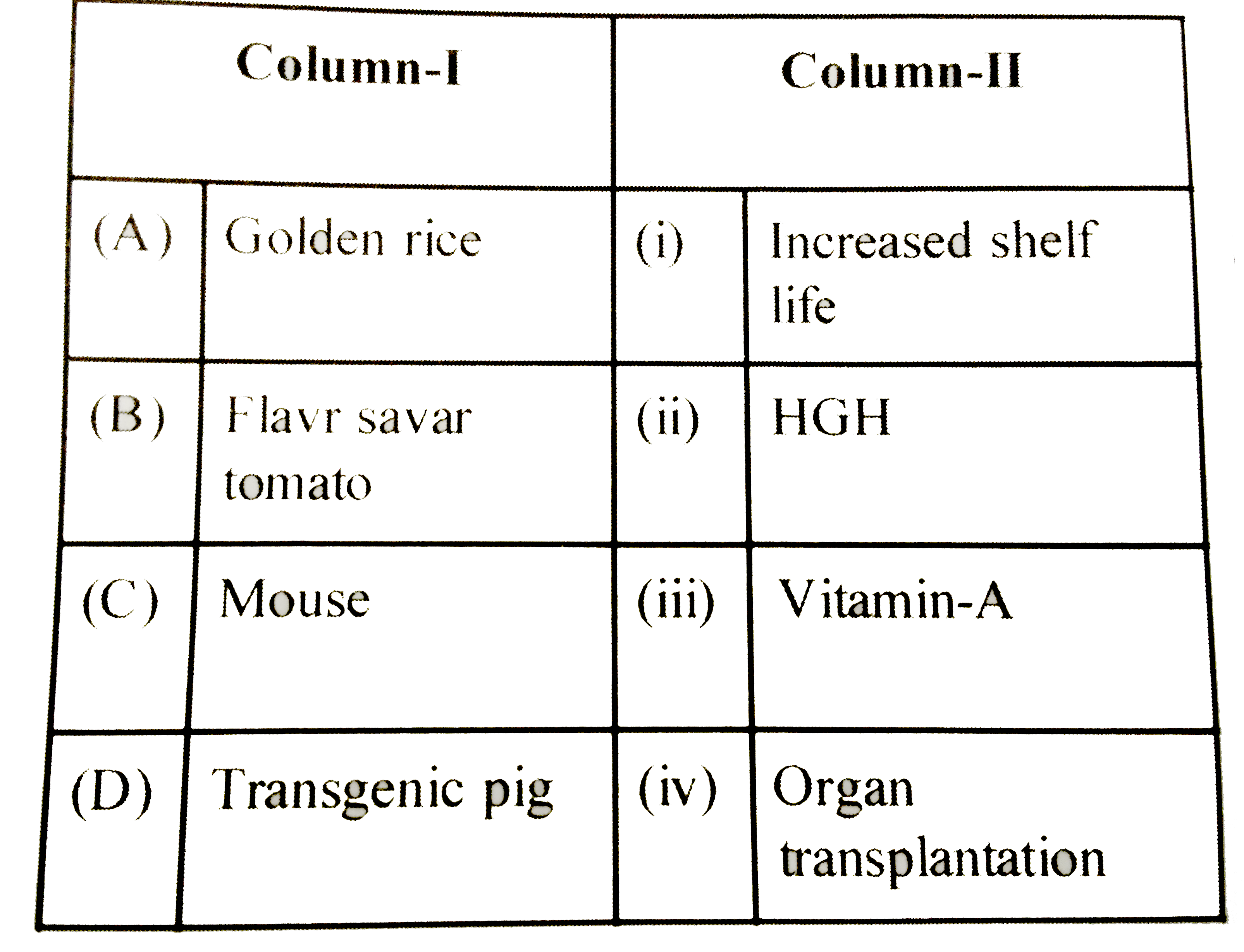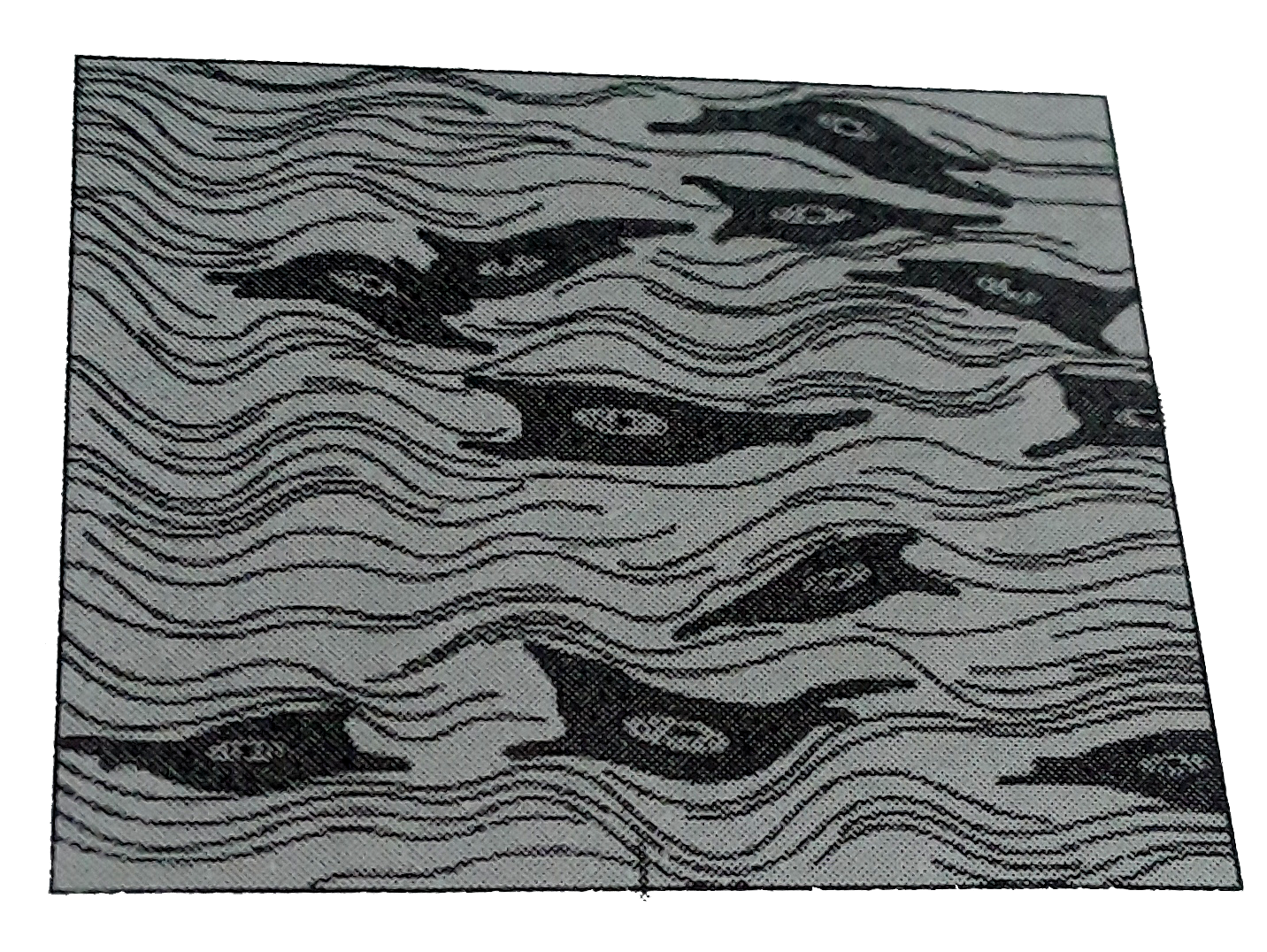Process of polymerisation of amino acids to form a polypeptide known as :-
Transcription
Translation
Replication
Duplication
The correct Answer is:B
To answer the question regarding the process of polymerization of amino acids to form a polypeptide, we can follow these steps:
1. Understanding the Question: The question asks about the process that leads to the formation of a polypeptide from amino acids.
2. Identifying the Options: The options provided are transcription, translation, replication, and duplication.
3. Defining Each Process:
- Transcription: This is the process where RNA is synthesized from a DNA template. It does not involve amino acids directly.
- Translation: This is the process where the sequence of mRNA is used to assemble amino acids into a polypeptide chain, effectively polymerizing amino acids to form proteins.
- Replication: This refers to the process of copying DNA to produce two identical DNA molecules. It does not involve amino acids.
- Duplication: This generally refers to the process of making copies of genes or regions of chromosomes, often related to mutations, and does not pertain to the formation of polypeptides.
4. Selecting the Correct Answer: Since the question specifically asks about the polymerization of amino acids into a polypeptide, the correct process is translation.
5. Conclusion: Therefore, the correct answer to the question is translation.
- Transcription: This is the process where RNA is synthesized from a DNA template. It does not involve amino acids directly.
- Translation: This is the process where the sequence of mRNA is used to assemble amino acids into a polypeptide chain, effectively polymerizing amino acids to form proteins.
- Replication: This refers to the process of copying DNA to produce two identical DNA molecules. It does not involve amino acids.
- Duplication: This generally refers to the process of making copies of genes or regions of chromosomes, often related to mutations, and does not pertain to the formation of polypeptides.
Topper's Solved these Questions
- BIOLOGY AT A GLANCEBook:ALLENChapter:BIOLOGY AT A GLANCEExercise:Domestication of plant
Explore 26 Videos
- BIOLOGY AT A GLANCEBook:ALLENChapter:BIOLOGY AT A GLANCEExercise:Microbes IN Human Welfare And Bio - Technology
Explore 32 Videos
- BIOLOGY AT A GLANCEBook:ALLENChapter:BIOLOGY AT A GLANCEExercise:Genetics
Explore 29 Videos
- BIODIVERSITY AND CONSERVATIONBook:ALLENChapter:BIODIVERSITY AND CONSERVATIONExercise:S
Explore 18 Videos
- BIOLOGY AT A GLANCE (ZOOLOGY )Book:ALLENChapter:BIOLOGY AT A GLANCE (ZOOLOGY )Exercise:EXERCISE
Explore 207 Videos
Similar Questions
Correctly match the column-I with column-II.

View SolutionMatch the column and select correct option

View SolutionRead the all statements carefully :
(i) Mendel conducted artificial pollination/cross pollination experiments using several true breeding pea line
(ii) True breeding having underogone continuous self pollination, show stable trait inheritance
(iii) Mendel selected 14 true breeding pea plant varieties.
View SolutionWhich of the following character is not related to biodiversity hot spot?
View SolutionIdentify given diagram and choose structure which represents this conditions :-

View SolutionSequence of amino acids in a polypeptide is determined by :
View SolutionInsulin (bovine) has 51 amino acids in A and B polypeptides. The polypeptide A possesses amino acids
View SolutionSequence of amino acids in a polypeptide is determined by
View Solutionपॉलीपेप्टाइड शृंखला में ऐमीनों अम्ल ………………… बन्ध के द्वारा जुड़े रहते हैं।
View Solutionपॉलीपेप्टाइड श्रृंखला का समारम्भन करने वाला अमीनो अम्ल ।
View SolutionPolypeptide chain of amino acid is ____
View Solution............ में दो पॉलीपेप्टाइड चेन के साथ 51 अमीनो अम्ल होते है |
View SolutionWhich of the following amino acid forms sulphide bond in polypeptide
View Solutionपाचन की प्रक्रिया के दौरान, भोजन में उपस्थित प्रोटीन जल-अपघटित होकर ऐमिनो अम्ल देते है। इस प्रक्रिया में प्रयुक्त दो एन्जाइम है:
प्रोटीन एन्जाइम−−−−→(A) पॉलीपेप्टाइड एन्जाइम−−−−→(B) ऐमिनो अम्ल
View SolutionAddition amino acids into a polypeptide is dictated by
View SolutionInsulin has 51 amino acids arranged in (A) Single polypeptide (B) Two polypeptides of 21 and 30 amino acids (C) Two polypeptides of 25 and 26 amino acids (D) Three polypeptides having 15, 16 and 20 amino acids
View Solution
